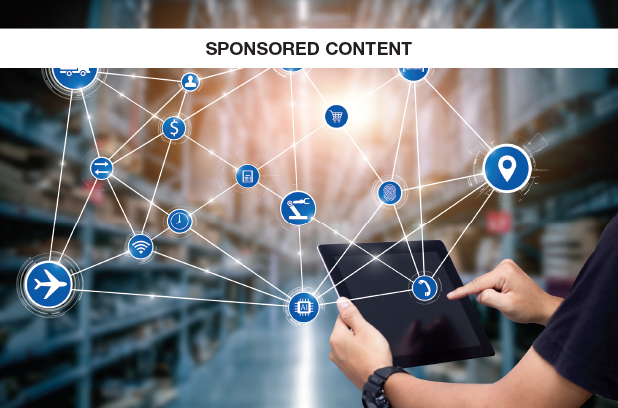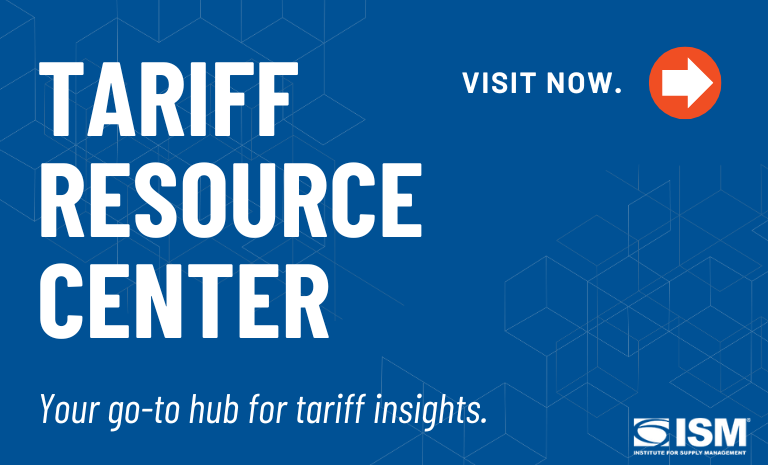Inside Supply Management Magazine
November / December 2020
Articles
Building Supply Chain Resiliency: 6 Signs You Should Throw Out A Profitable Business Model
November 10, 2020
How to go from risk-blind to risk-resilient by knowing what can tear your supply chain apart

Supply chains are finicky beasts that need constant attention and refinements to keep them humming even when the economy is good. When recessions hit, markets shift and economies dip, supply chains become cataclysmic monsters ready to pull you and your company into a downward spiral.
...Want More Magazine?
Oh no... we really want you to have access to all of this great content! Membership does have its benefits and Inside Supply Management magazine is just one piece to help you advance your organization and your career. Learn more and join our community.


